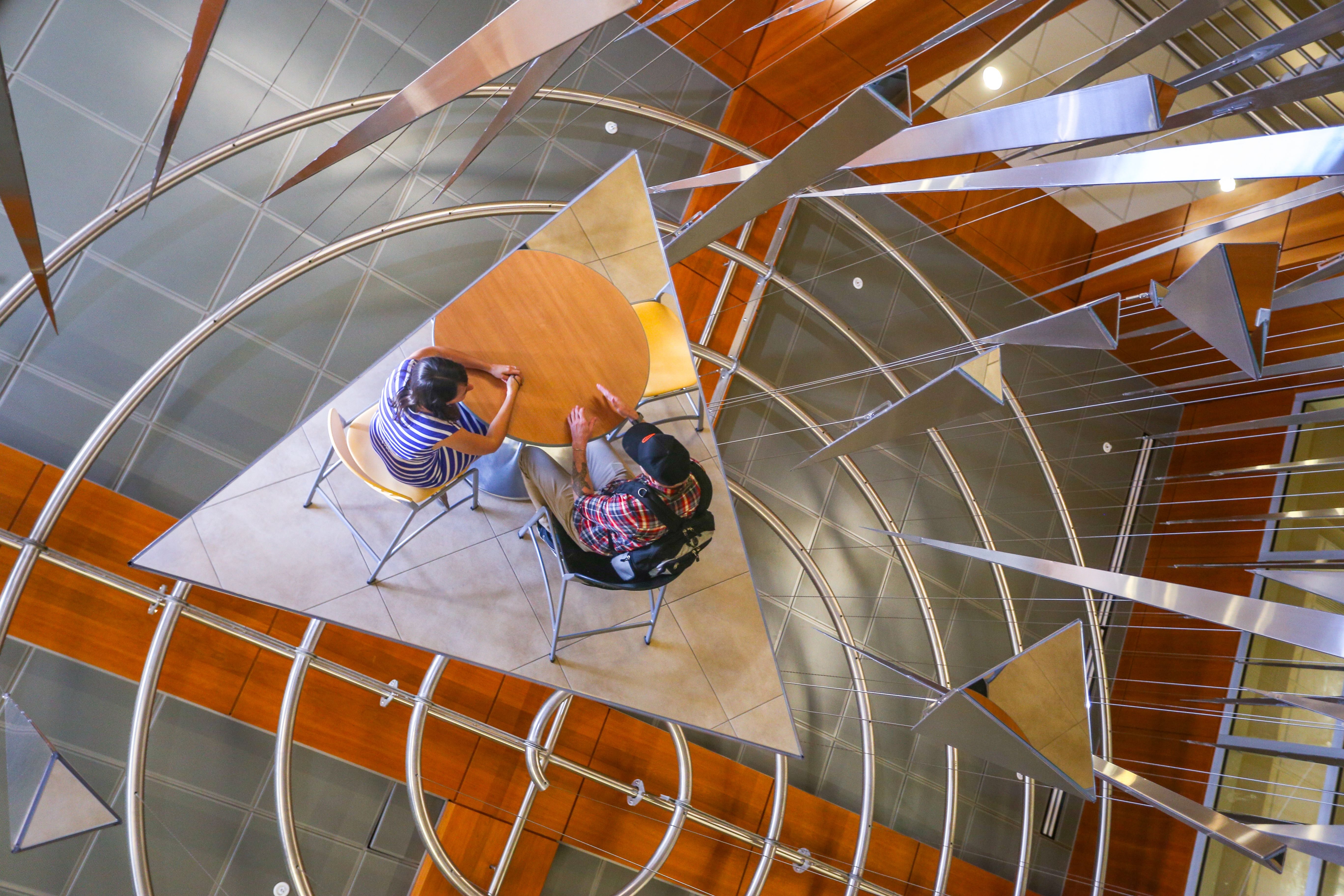PhysTEC Member Institutions educate over half of new physics teachers that are well prepared. Here’s how we do it.

PhysTEC invests in the improvement of teaching programs
With funding from the National Science Foundation, PhysTEC has offered grants, staff support, and professional development to over 60 institutions of higher education in 20 years.
PhysTEC Programs Produce Teachers With Strong Content Knowledge
Many new teachers of physics do not have a physics-related degree. Meanwhile, all graduates of PhysTEC-supported programs have a physics-related degree, which is essential for a highly qualified physics teacher.
PhysTEC Programs are Sustained After Awards End
Most institutions supported by PhysTEC funding sustain increased teacher production after funding N=26.

PhysTEC teachers massively impact K-12 schools
PhysTEC teachers, lauded for their work, are ambassadors for physics and inspire a long lasting enjoyment of the discipline. They guide students in developing a growth mindset. Many have doubled physics enrollment in their schools, often doubling or tripling the percentage of young women in their classes. Because of these teachers, many of their students go on to take or major in physics in college.
Best Practices are Shared Broadly
At the annual PhysTEC Conference, community members come together to share innovative and effective tools and strategies for improved physics teacher preparation:
I learned a lot at this conference and really enjoyed the presentations and plenary talks and discussions on online teaching strategies, inclusive teaching and creating an inclusive culture.
- 2021 attendee
It was useful listening to the in-service teachers talk about what they would like from a partnership with a nearby college.
- 2020 attendee
Now I feel like I might be able to (build a STEM teacher certification program).
- 2020 attendee
PhysTEC Publications Disseminate Models for Improvement
The Physics Teacher Education Program Analysis (PTEPA) Rubric, based on PhysTEC’s study of thriving programs, is the starting point for developing a model of program improvement that will apply to multiple institutional contexts. It provides a framework and guide for reflecting and improving upon physics teacher preparation programs.
This and other publications on physics teacher preparation can be found here.


PhysTEC is Innovating for Broad Adoption of Effective Practices
A new model of PhysTEC grants, PhysTEC Regional Networks bring together multiple institutions to build a tight-knit community of physics teacher educators in a geographical region and work toward mutual program improvement. Through this collaboration, effective practices for physics teacher preparation will be broadly adopted and strengthened.
PhysTEC is Innovating Strategies for Teacher Recruitment
PhysTEC works closely with the Colorado School of Mines on the Get the Facts Out project to change the conversation around the STEM teaching profession. Using tested messages, workshops, presentations, and a train-the-trainer approach, Get the Facts Out is significantly improving the perception of physics teaching and bolstering recruitment efforts across the nation.

